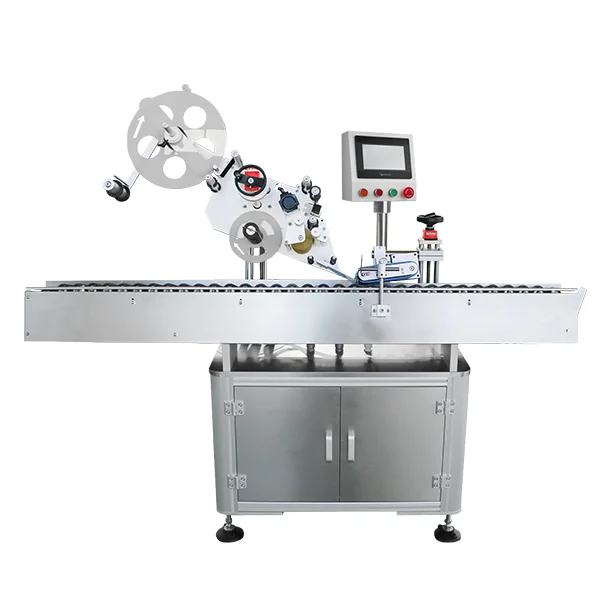When it comes to preserving the freshness and flavor of apples, the method of storage plays a crucial role. Among the various storage options available, the use of plastic bags has sparked considerable debate. This article delves into the pros and cons of storing apples in plastic bags, examining the science behind fruit storage, and providing practical tips for maintaining apple quality.
Understanding Apple Respiration and Ethylene Production
To comprehend the implications of storing apples in plastic bags, it is essential to understand two key processes: respiration and ethylene production. Apples, like many fruits, continue to respire after being harvested. This process involves the consumption of oxygen and the release of carbon dioxide, which can lead to spoilage if not managed properly. Additionally, apples produce ethylene gas, a natural plant hormone that accelerates ripening and can lead to quicker deterioration when in close proximity to other fruits.
The Case for Plastic Bags
- Moisture Retention: One of the primary advantages of using plastic bags for apple storage is their ability to retain moisture. Apples can lose moisture quickly, leading to shriveling and a decline in texture. A plastic bag can help maintain the humidity around the fruit, keeping them crisp and juicy for a longer period.
- Protection from Bruising: Apples are susceptible to bruising, which can occur during handling and storage. A plastic bag can provide a protective barrier, reducing the risk of physical damage and extending the shelf life of the fruit.
- Convenience: Plastic bags are lightweight and easy to use, making them a convenient option for storing apples. They can be easily sealed to prevent exposure to air, which can further prolong freshness.
The Case Against Plastic Bags
- Ethylene Buildup: While plastic bags can help retain moisture, they can also trap ethylene gas produced by the apples. This buildup can accelerate ripening and lead to faster spoilage. If apples are stored in a sealed plastic bag, it is crucial to monitor them closely and consume them before they over-ripen.
- Lack of Air Circulation: Proper air circulation is vital for maintaining the quality of stored apples. Plastic bags can restrict airflow, creating a humid environment that may promote mold growth and decay. This is particularly concerning for apples that are already bruised or damaged.
- Environmental Concerns: The use of plastic bags raises environmental issues, as they contribute to plastic waste. For those who are environmentally conscious, exploring alternative storage methods may be preferable.
Best Practices for Storing Apples
Given the pros and cons of using plastic bags, here are some best practices for storing apples effectively:
- Use Perforated Plastic Bags: If you choose to use plastic bags, opt for perforated ones that allow for air circulation while still retaining some moisture. This can help mitigate the risks associated with ethylene buildup.
- Store in a Cool, Dark Place: Apples should ideally be stored in a cool, dark environment, such as a refrigerator or a cool pantry. The ideal temperature for apple storage is between 30°F and 35°F (-1°C to 2°C) with high humidity.
- Separate from Other Fruits: To minimize ethylene exposure, store apples away from other fruits. This will help slow down the ripening process and extend their shelf life.
- Regularly Check for Spoilage: Inspect your apples regularly for any signs of spoilage, such as bruising or mold. Remove any affected apples immediately to prevent them from impacting the quality of the others.
- Consider Alternative Storage Options: If plastic bags do not align with your preferences, consider using breathable produce bags, cloth bags, or even storing apples in a bowl on the countertop, provided they are consumed within a few days.
Conclusion
The question of whether apples should be stored in plastic bags does not have a one-size-fits-all answer. While plastic bags offer certain advantages, they also come with drawbacks that can affect the quality of the fruit. By understanding the science behind apple storage and implementing best practices, you can ensure that your apples remain fresh, flavorful, and enjoyable for as long as possible. Ultimately, the choice of storage method should align with your personal preferences, lifestyle, and commitment to sustainability.



